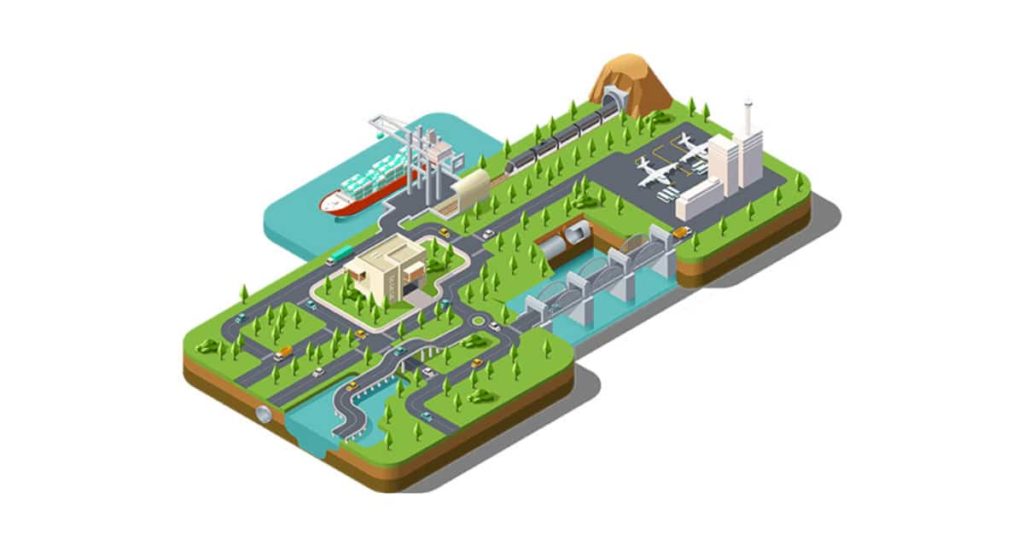The Building Information Modelling services or BIM have seen a steady rise in popularity since 2011 in the construction industry. As per recent reports, this industry has grown from $7.4 trillion in 2010 and expected to reach $10.3 trillion in 2020 globally. With the recovery of the economy in recent years, this growth is only going to rise, and the future looks very bright. BIM popularity in the construction domain triggers many trends. Industrial architects have listed some of them below.
2018 Trends of BIM in construction
Improved BIM
Collaboration in a construction project is the essential thing, and Building Information Modelling enables it. BIM technology is continually evolving and has matured to such an extent that it offers a high level of collaboration. The acceptance of this technology is such that many professionals are taking the help of BIM consulting services and using it in their projects. Apart from collaboration, that are many advantages like reduced cost and easy resource management, which enables work to be completed in a short period with increased productivity.
VR and AR
Virtual Reality tools have become commonplace in construction projects and used in BIM regularly. It can enable virtual tours of property that helps in sales and also to give clients an idea about the design and architecture. Industrial Architects use this to show clients how the buildings will look like. Also, they use it for training, simulating machinery operation, etc.
Drones
Drones offer many advantages to a project in construction. It can map the site, collect data, provide updates about the progress, inspect and monitor the work. The information gathered by the drones can then be used by managers to effectively schedule and plan jobs to get the work done quickly and save money.
Upcoming trends of Building Information Modelling in construction
4D, 5D, and 6D BIM
The year 2018 will see more companies move from 3D BIM to 4D, 5D or 6D BIM. The 4D BIM provides the schedule of construction visually. 5D and 6D BIM add few more elements like the materials and cost to 3D BIM along with giving the other design elements. Acoustic, aesthetics, geometric details can also be included in the project, which can aid in decision making that involves costs, that too at a design stage. The latest versions of BIM in the construction industry will help provide better returns in investment.
Mobile cloud apps
The year 2018 will also see the use of mobile cloud apps in construction. There are many apps that will help in collaboration via the cloud from design to delivery stages. Real-time data view through smartphones and other devices will help engineers situated in many locations to make design decisions and also to work collaboratively. Sharing BIM models from the site makes work more productive.
IOT
IOT enables the sharing of Building Information Modeling data to suppliers, modelers, and fabricating workshops efficiently. Since the data in real-time, direct delivery of products to the site becomes easy, and so does design. We can prefabricate more MEP elements as the apps enable quicker component assembly. The data shared is up-to-date; the workflows are efficient, and so is the installation. Industrial architects can design based on data from BIM models.











